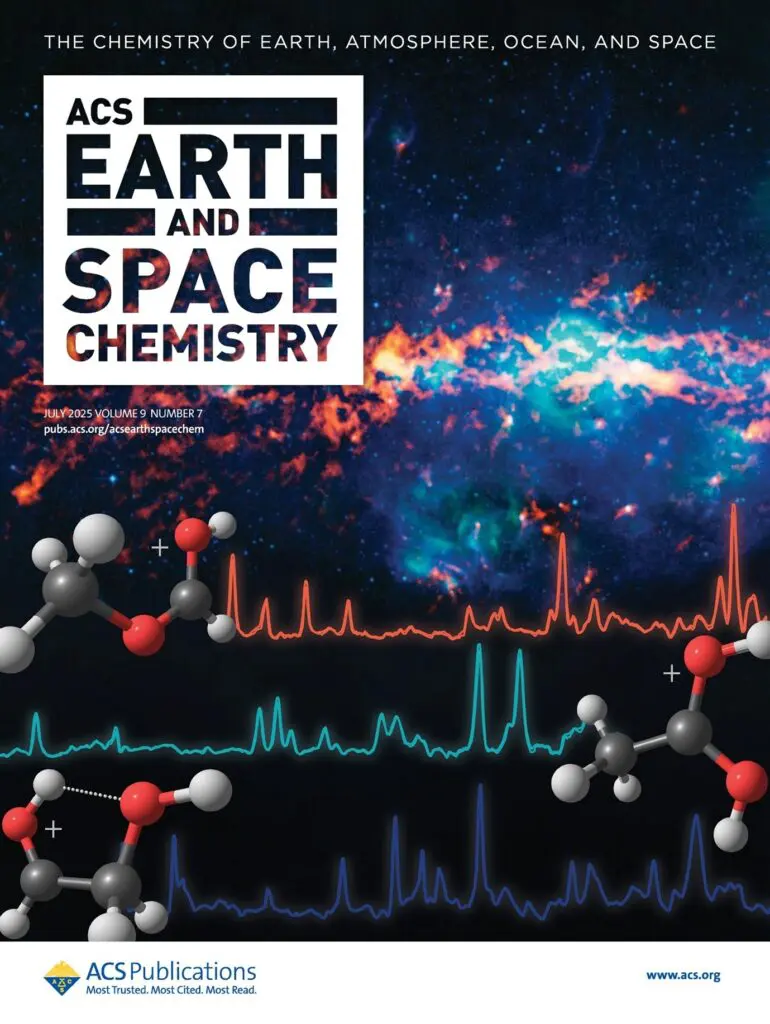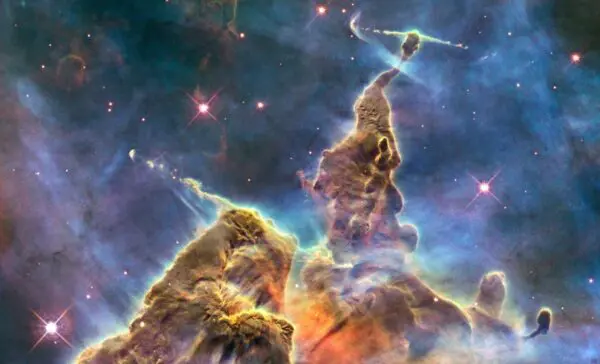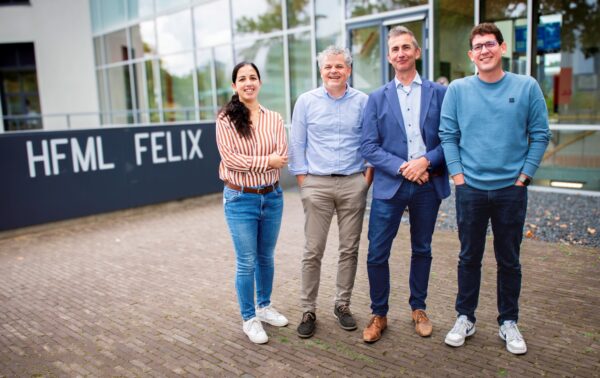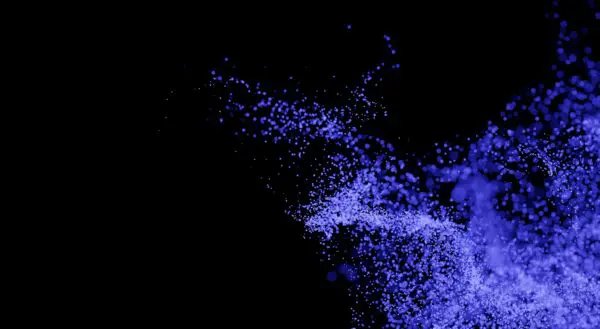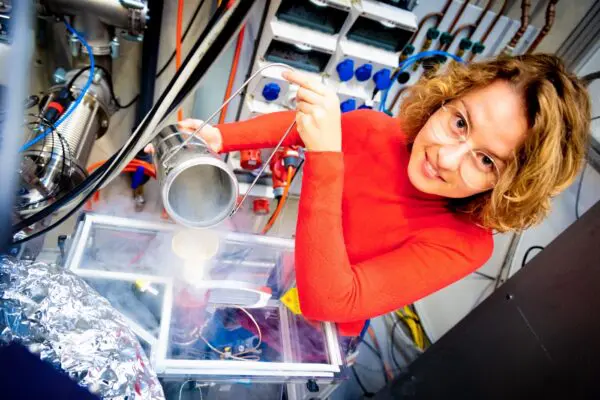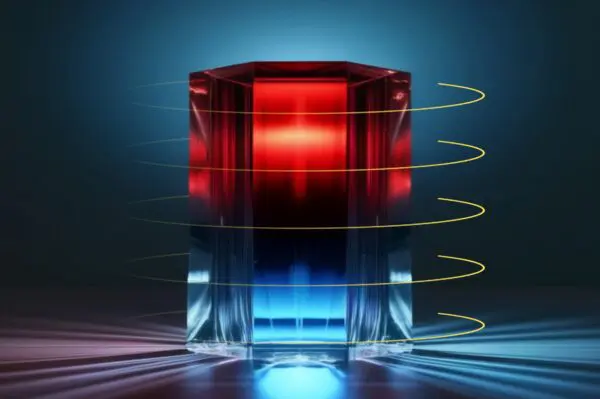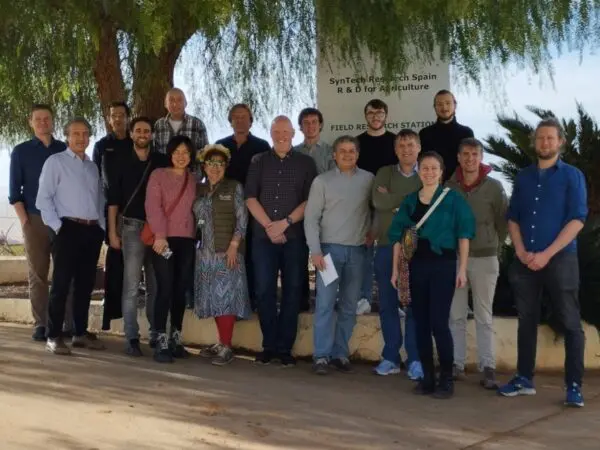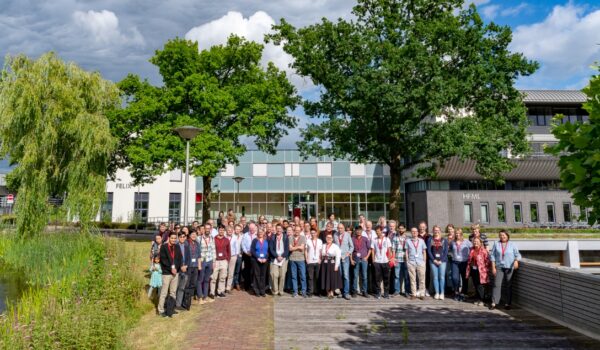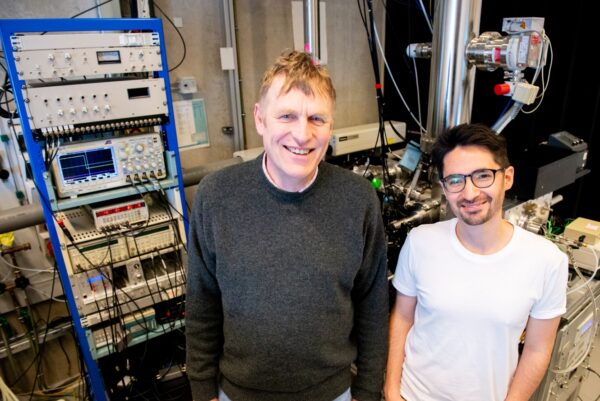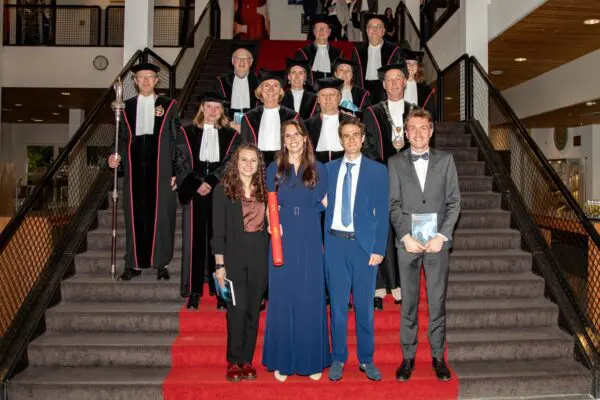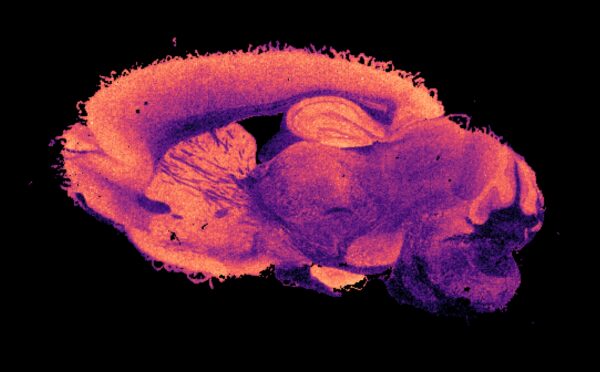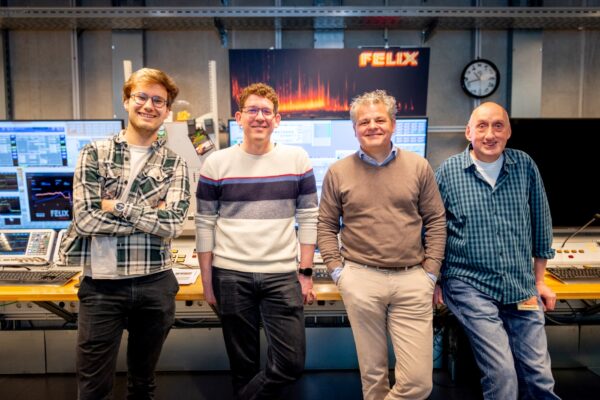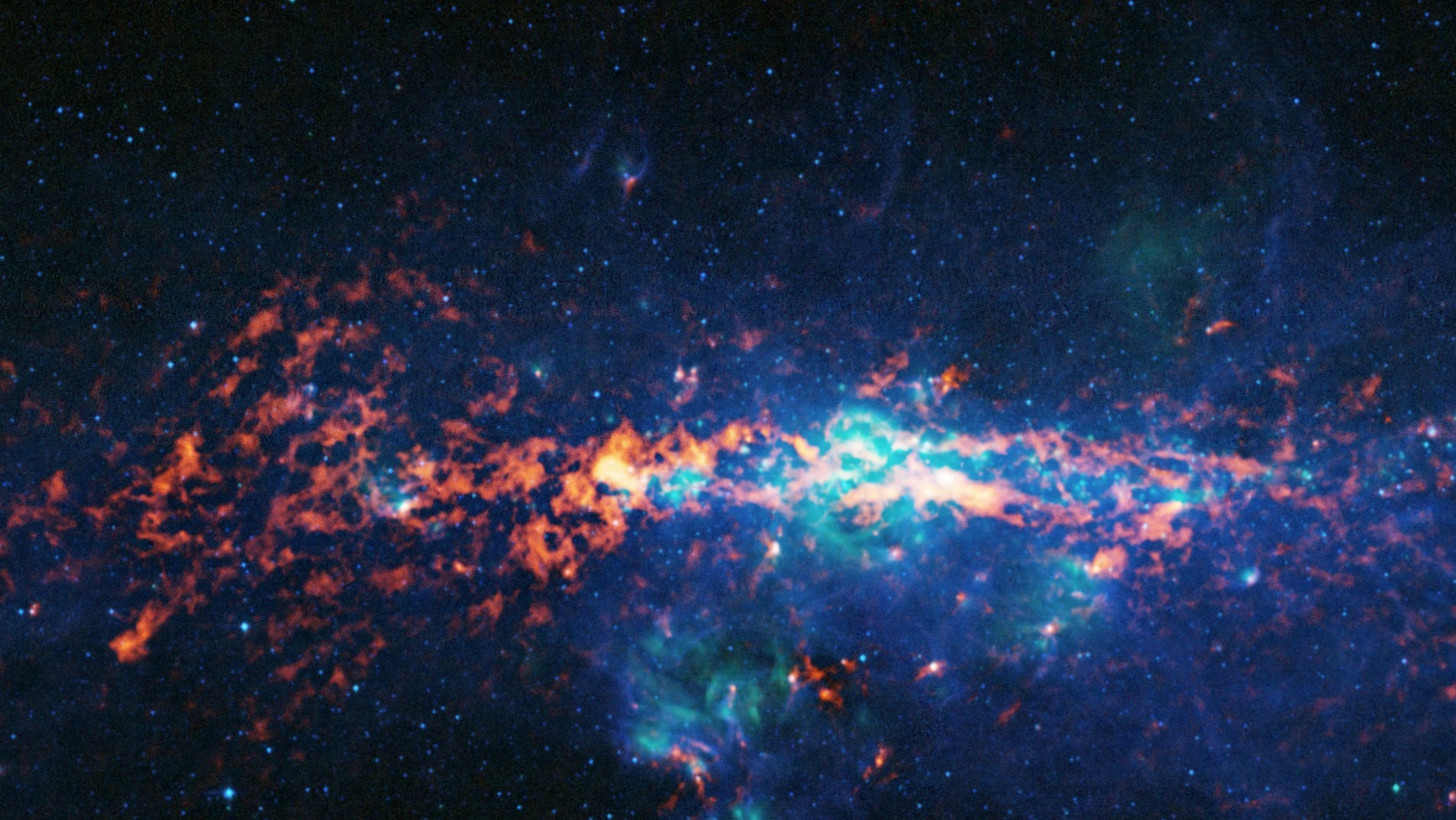
Fingerprints of important interstellar molecules determined
For the first time, researchers from HFML-FELIX, the Fritz-Haber-Institute (Germany), Stony Brook University (US) and and Universidad Pablo de Olavide (Spain), have determined the “fingerprints” of the protonated forms of three known interstellar molecules, including the simplest sugar. This data helps astronomers search for these molecules in space and sheds light on how life-related chemistry might have started.
The cosmic molecule count keeps climbing
Every year, astronomers discover new molecules in different interstellar environments, many with six or more atoms, a size that astrochemists already consider “complex”. Some well-known examples are methanol and ethanol, along with slightly more complex molecules like glycolaldehyde, methyl formate, and acetic acid. These latter three molecules are isomers, meaning they share the same chemical formula (C2H4O2), but differ in structure. In space, the molecules are constantly exposed to high-energy radiation that can form ions, either by direct ionization, or through reactions leading to protonated species. These ionic species are much more reactive and often drive the complex chemistry observed in space. Clear identification of such ions remains a key challenge, often due to their low abundances, but also due to a lack of reference data. To confidently spot these species, researchers need reliable spectroscopic fingerprints measured in laboratories.
In this work scientists measured the infrared fingerprint of protonated forms of such an isomeric trio – glycolaldehyde, methyl formate, and acetic acid, the neutrals for which have already been detected.
The work was carried out in collaboration between researchers from HFML-FELIX, the Fritz-Haber-Institute (Germany), Stony Brook University (US) and and Universidad Pablo de Olavide (Spain), and is part of a joint project within the Max Planck – Radboud University Center for Infrared Free Electron Laser Spectroscopy.

Weiqi Wang and Hunarpreet Kaur at the Max Planck – Radboud University Center meeting.
How do we tell complex organic ions apart?
Using a highly sensitive 22-pole cryogenic ion trap instrument, the ions of interest are cooled down to about -263 Celsius (10 Kelvin) and an infrared spectrum is recorded by scanning the broadly tunable HFML-FELIX free-electron lasers across mid-IR frequencies. ‘These spectra are like molecular fingerprints, with distinct absorption peaks depending on the type of chemical bonds present. Even subtle structural differences such as the position of C-O and O-H groups result in clearly distinct IR spectra. The distinct features make it possible to assign each isomer based on its unique spectrum, even in complex ion mixtures’, says Hunarpreet Kaur, a PhD student at HFML-FELIX and the lead author of the study.
The research team compared these experimental spectra with quantum chemical calculations and molecular dynamics simulations of theoretical infrared features of the ions to accurately identify the isomeric structures.
Upcoming work
What comes next is to use the now available vibrational spectra of the different protonated isomers measured in this work as reference data for identifying these species in space, for example with the sensitive James Webb Space Telescope that operates in the infrared. The detection of these ions would provide valuable information on potential interstellar formation pathways of prebiotic molecules in the interstellar medium. However, some of the proposed reaction pathways are not yet well understood and are lacking laboratory data. Thus, at HFML-FELIX further work on these systems involves exploring their formation pathways via ion-molecule reactions starting from smaller species such a formaldehyde. Again, the now available vibrational spectra can be used as reference to probe the structure of the products formed in this way.
The paper was featured on the cover of ACS Earth and Space Science and can be found here:
 To main content
To navigation
To main content
To navigation

